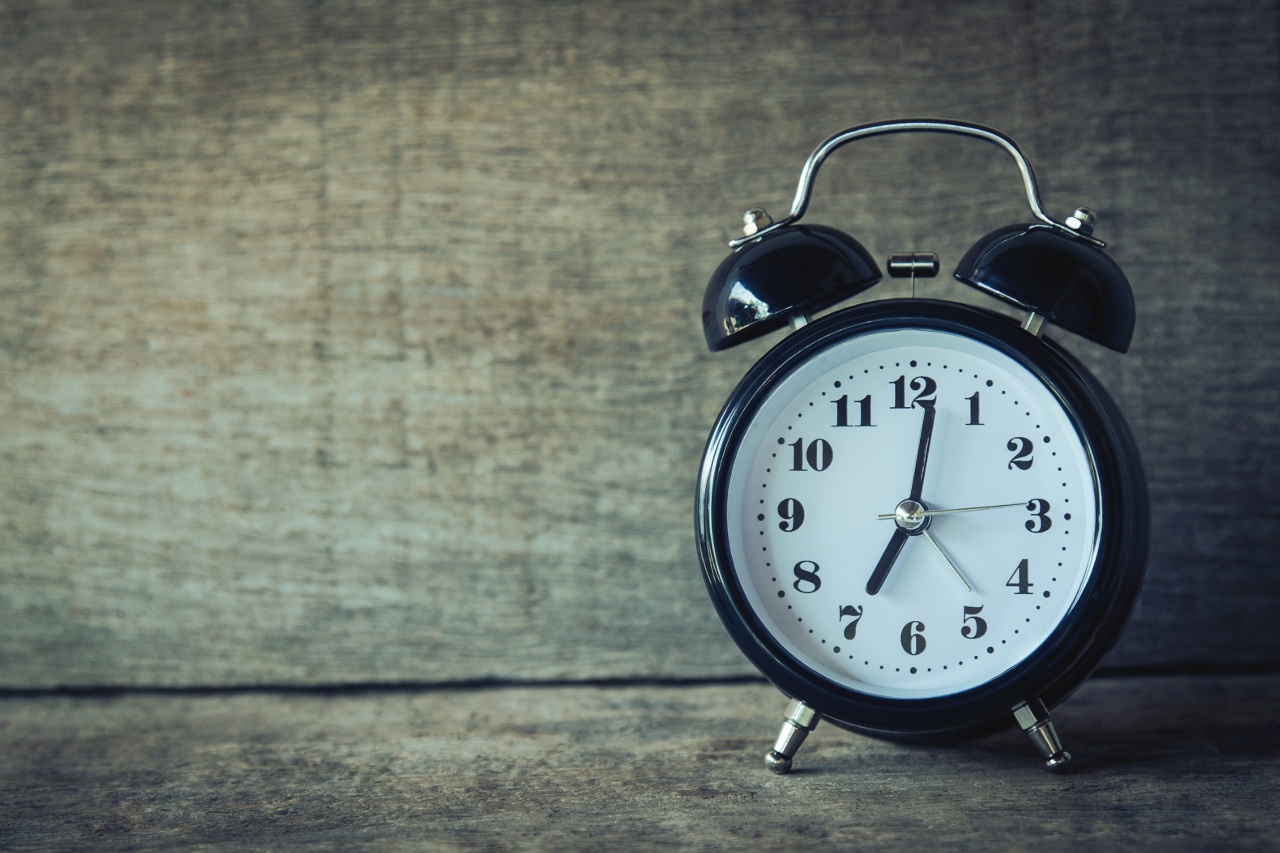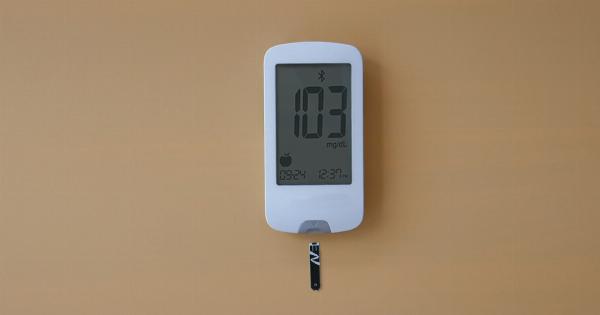Monitoring blood pressure is crucial for maintaining good health and preventing serious medical conditions such as heart disease and stroke.
However, getting accurate blood pressure readings can sometimes be challenging, leading to inaccurate diagnoses and inappropriate treatment. In this article, we will explore various factors that can affect the accuracy of blood pressure measurements and provide practical tips on how to ensure accurate readings every time.
The Importance of Accurate Blood Pressure Readings
Accurate blood pressure readings help healthcare professionals determine if a person has hypertension (high blood pressure) or hypotension (low blood pressure). These measurements are vital for managing and preventing various cardiovascular diseases.
Additionally, accurate blood pressure readings assist in assessing a person’s overall health and to monitor the effectiveness of any prescribed medications or lifestyle changes.
Factors Affecting Blood Pressure Accuracy
Several factors can influence the accuracy of blood pressure readings. Being aware of these factors and taking appropriate measures can help ensure more precise measurements:.
1. Selection of Blood Pressure Equipment
The type and quality of the blood pressure monitoring equipment play a significant role in obtaining accurate readings. It is essential to choose a reliable blood pressure monitor that has been validated and tested for accuracy.
Manual sphygmomanometers and digital blood pressure monitors are commonly used in healthcare settings and can provide reliable readings if calibrated regularly and used correctly.
2. Proper Cuff Size
Using an improperly sized blood pressure cuff can lead to inaccurate readings. The cuff should have a width that covers approximately 40% of the arm circumference and a length that encircles at least 80% of the arm.
Using an inappropriate cuff size can result in measurements that are either too high or too low.
3. Body Positioning
A person’s body position during blood pressure measurement can significantly affect the readings. To obtain the most accurate results, the individual should be seated comfortably with their back supported and feet flat on the ground.
The arm being used for measurement should be supported at heart level, ensuring it is not hanging or raised above or below the heart.
4. Proper Resting Period
Before taking a blood pressure reading, it is crucial to allow the individual to rest for at least five minutes in a quiet and calm environment.
Physical activity, stress, or caffeine consumption before measurement can temporarily elevate blood pressure levels. Allowing for a resting period helps ensure more accurate readings.
5. Avoiding Talking or Movement
Talking or moving during blood pressure measurement can lead to falsely elevated readings.
It is important to instruct the individual to remain quiet and still throughout the measurement process to prevent any interference that could compromise the accuracy of the readings.
6. Proper Technique
The technique used to measure blood pressure plays a critical role in obtaining accurate results. For manual sphygmomanometers, it requires proper placement and auscultation of Korotkoff sounds.
For digital monitors, the arm should be positioned as instructed, and the device should be used following the manufacturer’s guidelines.
7. Timing of Measurement
The timing of blood pressure measurement can impact the accuracy of the readings. Blood pressure levels can fluctuate throughout the day, with peak values usually occurring in the morning.
For consistent measurements, it is recommended to take readings at the same time each day.
8. Multiple Readings
Obtaining multiple blood pressure readings can help determine the average value, reducing the impact of outliers.
Healthcare professionals often recommend measuring blood pressure two to three times at least one minute apart and recording the average value.
9. Avoidance of White Coat Syndrome
White coat syndrome refers to the phenomenon where individuals experience temporary spikes in blood pressure when visiting a medical facility due to anxiety or stress.
This can result in higher readings that do not accurately reflect their actual blood pressure. Encouraging individuals to relax and feel comfortable during measurements can help mitigate the impact of white coat syndrome.
10. Regular Blood Pressure Monitoring
Lastly, it is important to monitor blood pressure regularly to identify any significant changes or trends over time.
Regular measurements provide a better understanding of an individual’s blood pressure patterns and can assist healthcare professionals in determining the effectiveness of prescribed treatments or lifestyle modifications.
Conclusion
Accurate blood pressure readings are critical for managing and preventing various cardiovascular conditions.
By paying attention to factors such as equipment selection, proper cuff size, body positioning, and avoiding white coat syndrome, individuals can ensure more accurate readings. Additionally, following proper technique, allowing for a resting period, and regularly monitoring blood pressure can contribute to the overall accuracy of measurements performed.




























